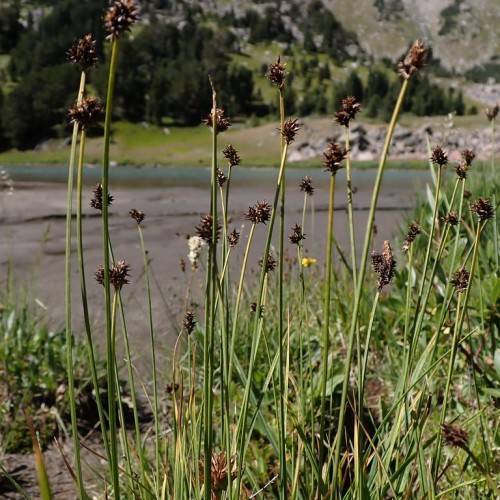
Holm's Rocky Mountain Sedge
Carex scopulorum
Also Known As - Mountain SedgeWatering:
Minimal
Hardiness Zone:
Flowers:
Flowers
Sun:
Sun
Soil:
Clay, Sand
Leaf:
Yes
Growth Rate:
Low
Drought Tolerant:
Yes
Salt Tolerant:
Yes
Invasive:
Yes
watering
Broom Sedge (Carex scoparia) should be watered once a week. Water until the soil is moist, but not soggy. Be sure to water the entire root zone. Avoid wetting the foliage as this can encourage disease. In times of extreme temperatures and prolonged drought, make sure to give the plant a little extra water. If watering with a hose, water slowly so that the water has enough time to soak into the soil.
sunlight
Broom Sedge (Carex scoparia) plants require moderate sunlight for optimal growth. This species of plant should receive at least 4 hours of direct sunlight each day, preferably in the late morning or early afternoon. During the heat of summer, shade may be necessary to protect the plant from the intense sun. In these circumstances, some indirect or filtered sunlight is preferable. If properly cared for, this species will display distinctive yellow-green blooms in the springtime.
pruning
When it comes to pruning Broom Sedge, it is recommended to prune the plant back in late winter or early spring before active growth begins. This will encourage vigorous regrowth and promote a denser and fuller-looking plant. Prune the plant by removing any dead foliage, and thin out any overcrowded growth. Trim back stems to their desired height, taking care to avoid damaging the stems in the process. As the plant grows, it may require occasional shearing or deadheading to keep its appearance tidy. Removing any spent flower heads will also help to maintain the plant's desired shape.
